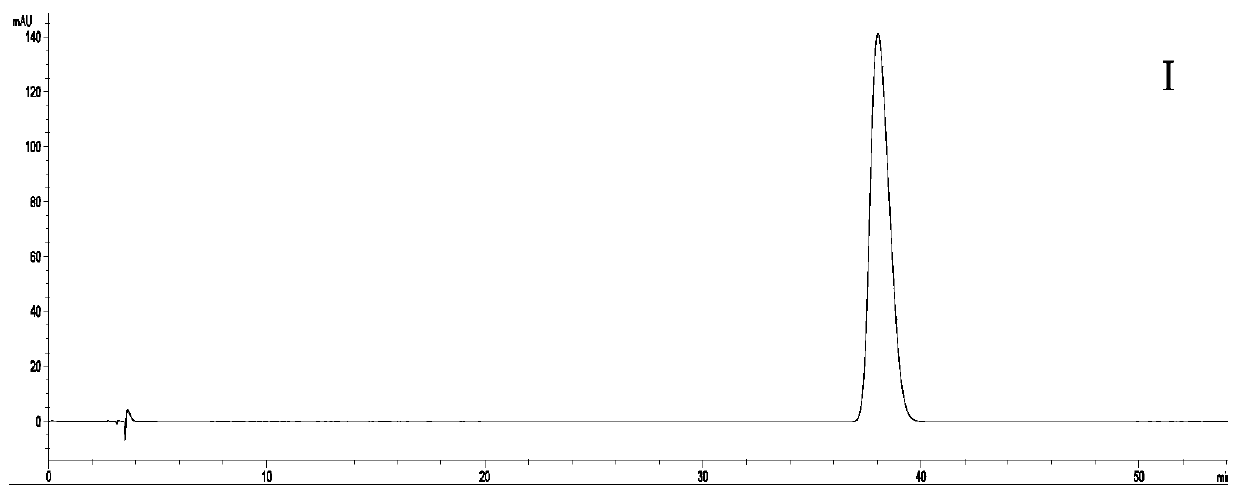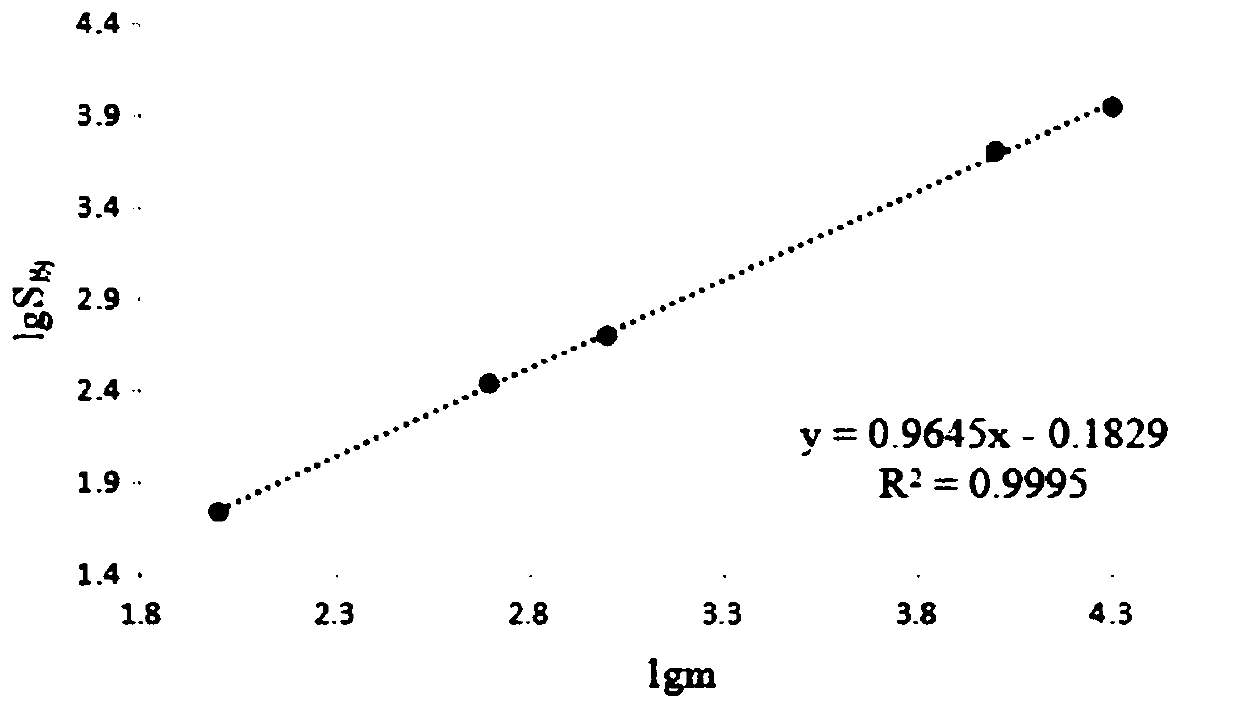Method for determining content of p-hydroxyphenylacetic acid in a rhodiola rosea injection
A technology for the determination of p-hydroxyphenylacetic acid and its method, which is applied in the field of content determination of p-hydroxyphenylacetic acid in Dazhu Rhodiola Injection, and can solve the problems of discovering p-hydroxyphenylacetic acid and not yet discovering it
- Summary
- Abstract
- Description
- Claims
- Application Information
AI Technical Summary
Problems solved by technology
Method used
Image
Examples
Embodiment 1
[0034] Chromatographic conditions: Chromatograph: Agilent 1200 HPLC; Chromatographic column: Agilent SB C-18 (4.6mm×250mm, 5μm); Mobile phase: Acetonitrile-0.05% phosphoric acid solution (5:95); Flow rate: 1.0mL min -1 ; Detection wavelength: 276nm; Column temperature: 30°C; Injection volume: 20 μL.
Embodiment 2
[0036] Determination of the content of p-hydroxyphenylacetic acid in Dazhu Rhodiola Injection by HPLC, the steps are as follows:
[0037] 1. Experimental equipment and chromatographic conditions
[0038] Chromatograph: Agilent 1200 high performance liquid chromatograph;
[0039] Detector: UV detector;
[0040] Chromatographic column: Unitary C-18 (4.6mm×250mm, 5μm);
[0041] Chromatographic conditions: mobile phase: acetonitrile (A)-0.05% phosphoric acid solution (B);
[0042] Gradient elution program: 0-200min, solution A: 5%-7%, solution B: 95%-93%;
[0043] Flow rate: 1.0mL·min -1 ;
[0044] Column temperature: 30°C;
[0045] Detection wavelength: 276nm;
[0046] Injection volume: 20 μL.
[0047] 2. Investigation of linear relationship
[0048] Accurately weigh 5.08 mg of p-hydroxyphenylacetic acid, dissolve it with an acetonitrile-water mixed solution with a volume ratio of 5:95 and set the volume to a 5 mL volumetric flask, shake well to obtain a standard stock s...
PUM
| Property | Measurement | Unit |
|---|---|---|
| wavelength | aaaaa | aaaaa |
Abstract
Description
Claims
Application Information
 Login to view more
Login to view more - R&D Engineer
- R&D Manager
- IP Professional
- Industry Leading Data Capabilities
- Powerful AI technology
- Patent DNA Extraction
Browse by: Latest US Patents, China's latest patents, Technical Efficacy Thesaurus, Application Domain, Technology Topic.
© 2024 PatSnap. All rights reserved.Legal|Privacy policy|Modern Slavery Act Transparency Statement|Sitemap



